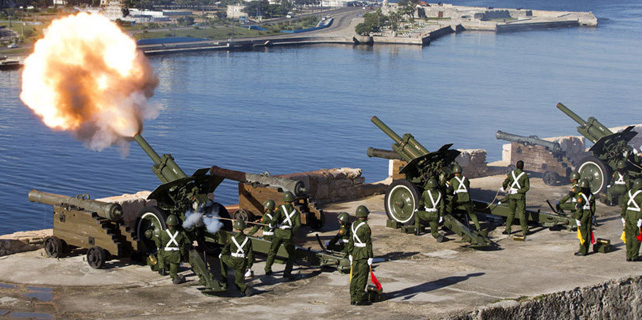One Belt, One Road seen as bilateral plus
The US looks forward to cooperating with China technologically and commercially on China's One Belt, One Road Initiative, building infrastructure to make more world trade possible.
"We want to joyfully participate with China in international trade operations and economic growth. I think we have no reason why China and the US cannot be close and friendly nations," James Woolsey, senior adviser to President-elect Donald Trump, said on Wednesday at the Belt & Road Forum in Washington.
China and the US have the capability, the history and the consciousness to be friendly and economically viable states. The One Belt, One Road Initiative (OBOR) can potentially be a useful and profitable joint effort by the two countries, he said.
The Belt & Road Forum, co-hosted by the China Energy Fund Committee (CEFC), Institute for the Analysis of Global Security (IAGS), Development Research Center of the State Council of China (DRC) and Asia Society, introduced the content and timeline of OBOR and presented perspectives on the initiative from both Chinese and US scholars.
OBOR is a strategic concept proposed by President Xi Jinping in 2013 to boost the connectivity among countries and people by borrowing the concept of the historical Silk Road, according to the CEFC's Belt and Road Monograph.
Globalization is a broken system focusing exclusively on profits and economic efficiency that is no longer able to carry the world effectively and sustainably, said Patrick Ho, secretary general of the China Energy Fund Committee (CEFC).
"Our world is now desperately looking for new models of growth that can replace globalization - one that is inclusive and farsighted," he said. "China's One Belt, One Road Initiative is an answer to this need."
The ambitious trans-Eurasia and transoceanic economic strategy include two major parts: the Silk Road Economic Belt" and the 21st Century Maritime Silk Road.
One Belt begins in Xi'an in Northwest China's Shaanxi province, and stretches west through Urumqi in the Xinjian Uygur autonomous region to Central Asia. It goes to northern Iran then Iraq, Syria, Turkey, Germany and the Netherlands before heading to Venice, Italy.
The other part of the plan, One Road, begins in Quanzhou in East China's Fujian province crossing Malacca Strait, Kuala Lumpur of Malaysia, Nairobi of Kenya, the Horn of Africa and moves through the Red Sea into Mediterranean before meeting the land-based One Belt in Venice.
Despite the geopolitical concerns surrounding the initiative, Ziad Haider, special representative of the Bureau of Economic and Business Affairs with the US Department of State, sees the opportunity for China-US relations to move from climate-centered policies to focus more on trade.
"2016 is considered the slowest economic-growing year since the international financial crisis in 2008," said Zhao Jinping, director general of DRC's Research Department of Foreign Economic Relations. "There is clearly a great demand in infrastructure construction funds."
China has long been expected to take more responsibilities in global trades and international relations, he said.
"Belt & Road reflects the growing sense of responsibility in China's international strategy," Zhao said.
Yuan Yuan in Washington contributed to this story.
















